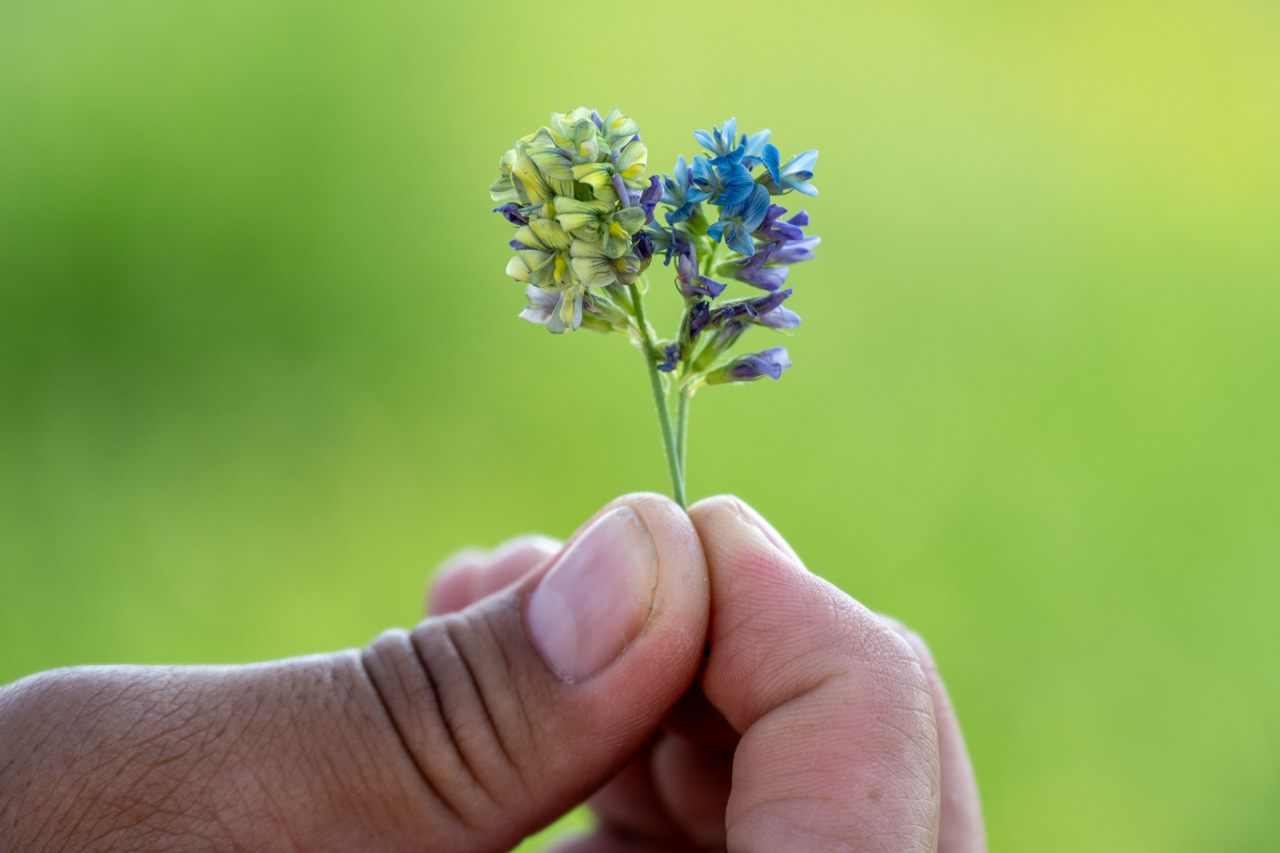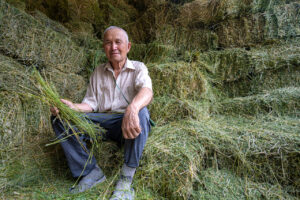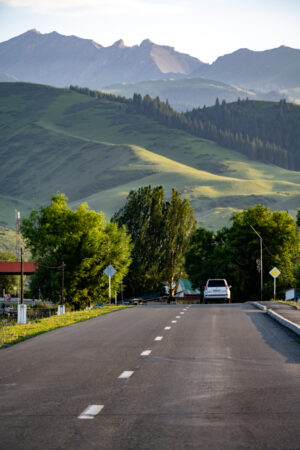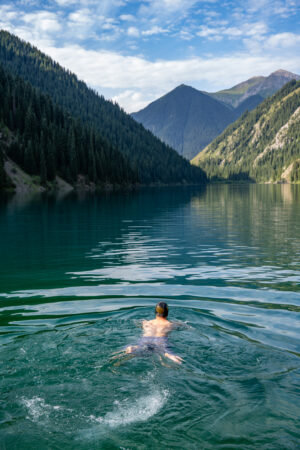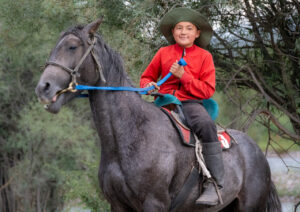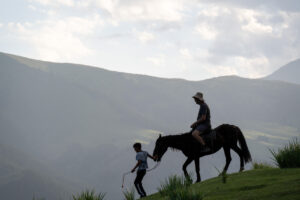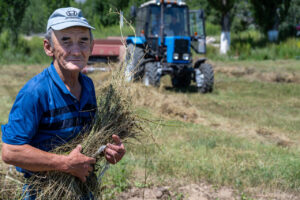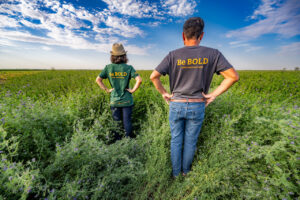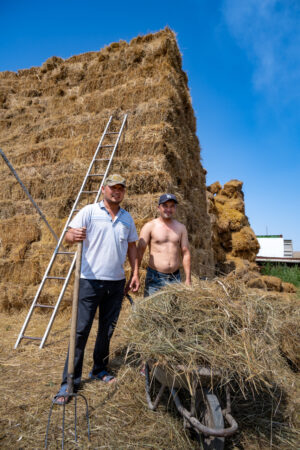The glaciers of the Tien Shan mountain range in Central Asia are receding quickly. And that’s causing a lot of concern amongst the farmers of Kazakhstan and Kyrgyzstan.
The glacial meltwaters which allowed them to irrigate their crops are no longer abundant. And without adequate water, yields plummet.
I joined a group of scientists brought together by my former employer, the Crop Trust. We journeyed to Kazakhstan and Kyrgyzstan to explore ways to grow more alfalfa (or lucerne as its known here in Australia) with less water. The scientists reckon that by using traditional crop breeding methods to cross productive alfalfa varieties with distant, yet very hardy, wild plant cousins, they can develop new varieties that are more tolerant of drought.
After a symposium where alfalfa specialists from Chile, Australia, Germany, Kazakhstan and Kyrgyzstan shared their latest research, we hit the road. We travelled through southeast Kazakhstan and northern Kyrgyzstan and talked to farmers along the way. The farmers spoke in unison: ‘we need more water to grow the alfalfa varieties we’re planting’.
The Crop Trust contracted a South Australian research institute to lead the project. Alan Humphries has been breeding alfalfa for 20 odd years now and thinks he might have some breeding lines which have some wild parents which don’t get so thirsty. We looked at some plots of alfalfa lines he had developed to see how well they’d grow in Central Asian conditions. And some looked promising. But it’s early days in the project and Alan and his Central Asian partners will need to do a lot more evaluation.
Our Kazak and Kyrgyz hosts didn’t think we could look at alfalfa for two weeks. So, they proudly showed us some of the natural treasures of their countries. We travelled through the steppe, to irrigated farmlands, to a formidable canyon and mountain lakes. Kazakhstan is the world’s ninth largest nation so it would have taken some time to see the entire country. We focussed on the south and started and ended our journey at the nation’s former capital and most cosmopolitan city, Almaty. We crossed into Kyrgyzstan and followed the north shore of Issyk Kul, the high elevation, lake ringed with snowcapped peaked, which is the world’s second largest mountain lake.
July might have been the best time to see alfalfa in flower, but it wasn’t great for us humans. The temps soared to 37°C just about every day and the heat was just plain stifling and sapped us of our energy. We kept our spirits high despite the heat … at least until our bus broke down in the middle of the steppe.
Kazakhstan proved to be a bit of an enigma. I can’t begin to describe it … but I can relate to it. The country is slightly largely than my home state and like Western Australia consists largely of uninhabited land which provides considerable wealth in terms of natural resources.
As we travelled over roads which centuries ago formed part of the Silk Road – and just 30 years ago were maintained by the Soviet Union – I’d gaze out into the distance and wondered on which planet I had been teleported to. From Turks, Mongols and Russians, the area now known as Kazakhstan has been a melting pot of civilisations and I had trouble determining what was the true face of the country. But it really didn’t matter. What I saw was a country like one I had never seen before and one which beckoned me to come again and learn of the richness of its varied culture and diverse ecosystems.
All images used on this page were photographed by Michael Major for the Crop Trust and used here under a CC BY-NC-ND 2.0 license.

